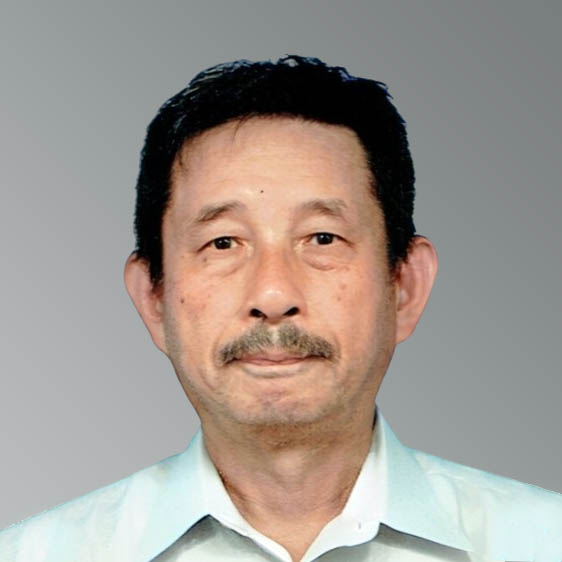Keynote Lecture – Different kinds of restoration philosophy for cultural heritages after damage by disasters
Everything in this world decays with time and cultural heritage is not an exception. In this extreme situation, vulnerable heritages are severely affected by external actions such as natural disasters and anthropogenic disturbances. The former consists of heavy rains, strong winds, and earthquakes, whereas the latter are fires and wars among others. Whatever may be the cause of damage, it is important to restore the damage and to preserve the heritage for future human generations. There are different ideas about the way of preservation that insist on strict authenticity or promote prompt re-construction. The author attempts here to summarize them with reference to relevant cases and classify the suitability of different principles in different situations. The factor of the most important influence is whether the heritage is of everyday use in the local community or should only be preserved for the future. Obviously, the former heritage has to be restored quickly. Nevertheless, the quick restoration requires financial support and elaborate skills, and this constraint becomes more serious when authenticity is demanded. Authenticity sounds important today from the cultural viewpoint but, historically speaking, many ‘heritages’ have not been perfectly authentic and, nevertheless, have been preserved and respected over centuries. In this regard, the author has been speculating from where the value of heritage comes. At this moment, the answer is not final yet but seemingly the sense of respect towards history determines the value of heritages. In other words, authenticity is not fully important and the damage can be repaired quickly if the damaged heritage can maintain reasonable respect among people.

